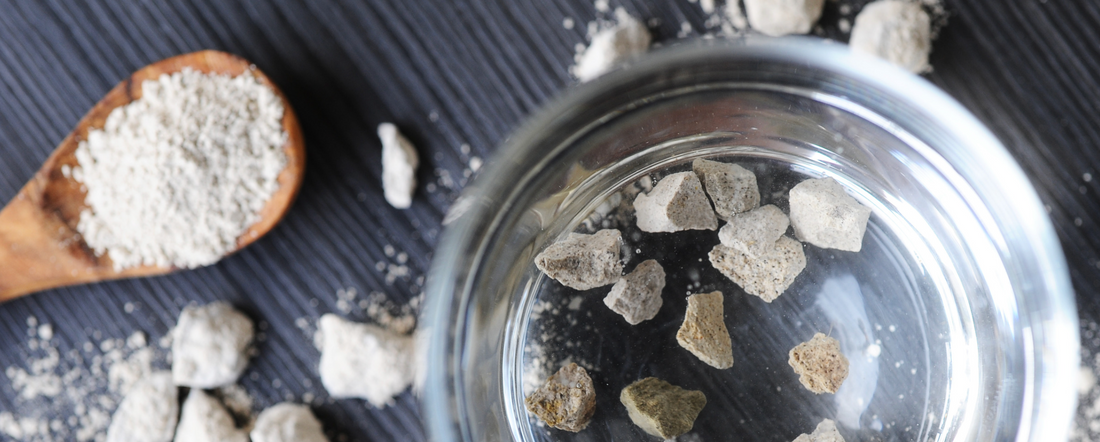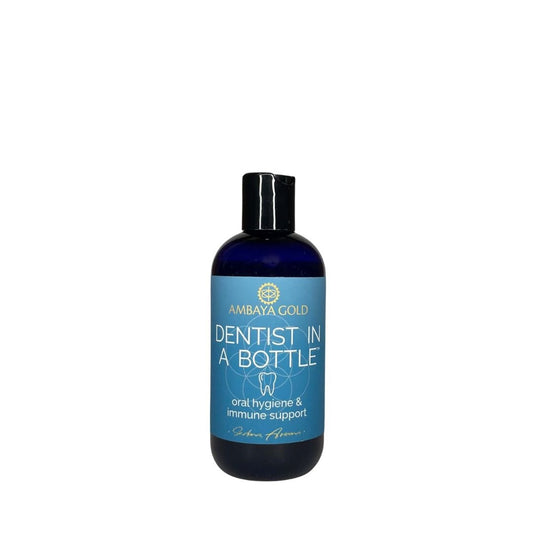Due to its unique molecular structure, high binding ability of toxins, and selectivity for leaving beneficial minerals alone, Clinoptilolite Zeolite may become one of the most important supplements available in our modern world. Zeolite is growing increasingly popular due to its ability to effectively and safely remove pollutants like heavy metals, pesticides, herbicides, mold toxicity, and other harmful contaminants from the body.
Detoxification has become a significant focus in the quest for better health and wellness. If you’re someone who is concerned about heavy metals, forever chemicals, mold toxicity, and parasites, you might want to look into Clinoptilolite Zeolite. It has received more and more attention for its potential to bind and remove toxins and heavy metals from the body, including aluminum, lead, mercury, arsenic, barium, cadmium, and nickel. This natural volcanic mineral is honored for its unique structure and properties, which make it an effective detoxifying agent. In this blog, we dive into the science behind Clinoptilolite Zeolite.
What is Clinoptilolite Zeolite?
Clinoptilolite is a type of Zeolite, a microporous mineral formed from volcanic ash and seawater over millions of years. It's mined from volcanic rocks and forms when molten lava and seawater come into contact. Its crystalline structure contains cages and channels that can trap and hold various substances, including heavy metals and toxins. This makes it particularly valuable in detoxification processes.
Zeolite is a clay, similar to bentonite clay and charcoal, but a few characteristics make it greatly stand out. For example, activated charcoal can detox, and can be used in situations such as food poisoning, however, it needs to be consumed within a short window of time in order to properly bind to poisons. Bentonite clay is a great skin and gut cleanser but Zeolite acts on a cellular level to detox toxins which can affect our brain, organs, and critical signaling processes.

How Does Clinoptilolite Zeolite Work?
Zeolite is a superior chelator that works like a sponge to absorb and neutralize harmful compounds until the body is ready to eliminate them through its natural excretion processes (usually urine). The detoxifying action of Clinoptilolite Zeolite is primarily due to its ion-exchange capabilities and high adsorption capacity. Here’s how it works:
1. Ion Exchange
With its tiny honeycomb structure and surface electric charge Clinoptilolite uses an ion exchange process to attract heavy metals, radioactive elements, poisons, chemicals, and other toxins. It can swap its natural cations (positively charged ions) for other cations in its environment. When ingested, it can exchange its healthy minerals like calcium and magnesium for harmful heavy metals like lead, cadmium, and mercury, effectively trapping these toxins within its structure.
2. Adsorption
The large surface area and porous nature of Clinoptilolite allow it to adsorb a wide range of substances. This means it can bind and hold toxins, like a magnet and a sponge, preventing their absorption into the body. Once absorbed, it can then break the crystalline structure of those elements rendering them powerless.

Scientific Research on Clinoptilolite Zeolite
Several studies have explored the detoxifying properties of Clinoptilolite Zeolite, providing evidence of its efficacy and safety.
Heavy Metal Detoxification
A study published in the Journal of Hazardous Materials demonstrated that Clinoptilolite Zeolite could effectively remove lead, cadmium, and other heavy metals from water and biological systems. The study highlighted its high affinity for these metals, making it a promising agent for detoxification.
Reduction of Toxicity
Research in Microporous and Mesoporous Materials showed that Clinoptilolite could reduce the toxicity of aflatoxins, a group of toxic compounds produced by certain molds found in food. The zeolite’s ability to adsorb these toxins suggests its potential in preventing toxin-related health issues.
Blood Parameters
Frontiers in Pharmacology published a study on the effects of a zeolite-clinoptilolite supplementation on selected blood parameters in patients. The research suggested that clinoptilolite could potentially improve certain blood parameters, indicating its role in supporting metabolic health and detoxification processes (Frontiers).
Safety and Efficacy
A study in the Archives of Environmental Contamination and Toxicology evaluated the safety and efficacy of Clinoptilolite in humans and animals. It found that Clinoptilolite was effective in reducing heavy metal levels without adverse effects, indicating its potential as a safe detoxifying agent.
Potential Health Benefits
While Clinoptilolite Zeolite is primarily recognized for its detoxifying capabilities, its benefits may extend beyond detoxification. By removing harmful substances from the body, it may support overall health and well-being, potentially improving immune function, reducing oxidative stress, and enhancing nutrient absorption.
Clinoptilolite zeolite holds promise as a natural detoxifying agent, with scientific research supporting its ability to bind and remove various toxins. While more research is needed to fully understand its benefits and mechanisms, its unique properties make it a valuable addition to the field of detoxification. As always, it's crucial to consult with healthcare professionals to ensure safety and appropriateness for individual health needs.
References
1. Zeolite Clinoptilolite: Therapeutic Virtues of an Ancient Mineral
2. Journal of Hazardous Materials
3. Microporous and Mesoporous Materials
4. Archives of Environmental Contamination and Toxicology
5. Frontiers in Pharmacology










1 comment
I enjoyed learning about this mineral and its benefits. Thank you.